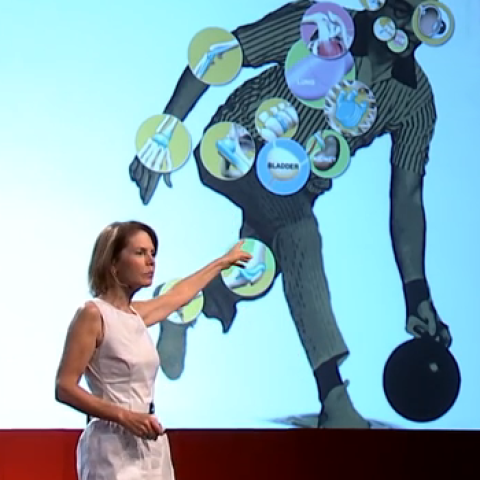Interdisciplinary Initiatives Program Round 5 – 2010
Jill Helms, Surgery
Sarah Heilshorn, Materials Science and Engineering
John Brunski, no longer at Stanford
Virtually every orthopedic and maxillofacial treatment tries to control the mechanical environment of the injured tissue; this is because it is understood that cells within an injured tissue are “sensitive” to mechanical forces. Stem cells are also sensitive to mechanical forces- enough so that when grown on stiff substrates the stem cells opt to become bone-forming cells—at least when studied in cell culture dishes. We will test if controlling the stiffness of a stem cell scaffold leads to improved regeneration of bone after injury. In a more general context, discovering how stem cells sense their mechanical environment- and then using that information to engineer better tissue constructs- is an important step towards the future treatment of skeletal injuries.



